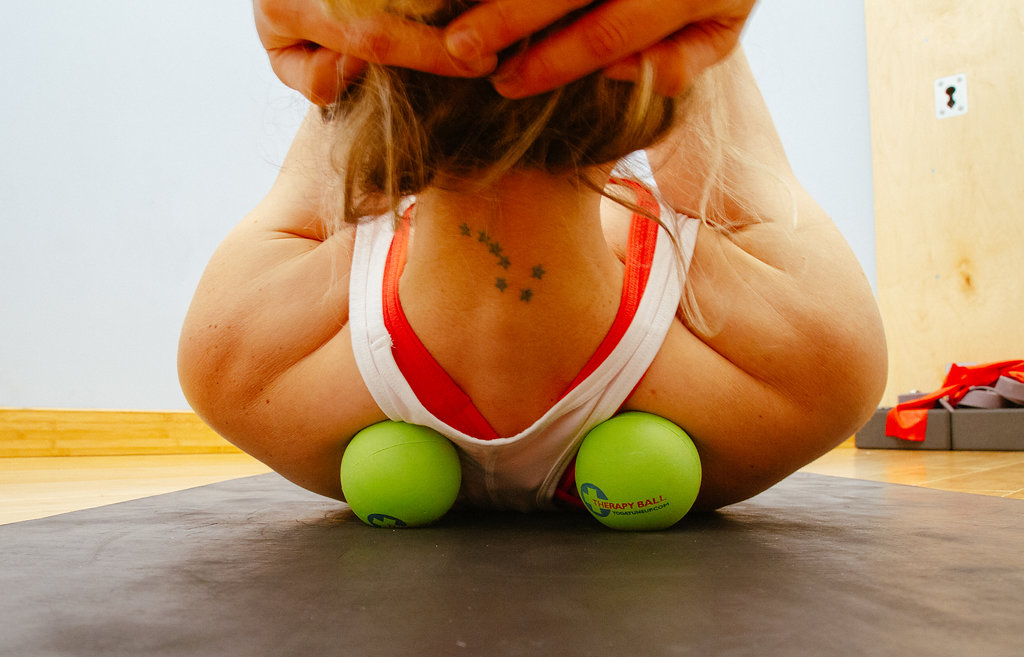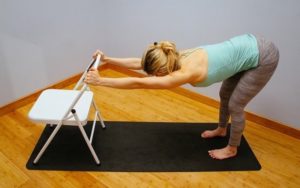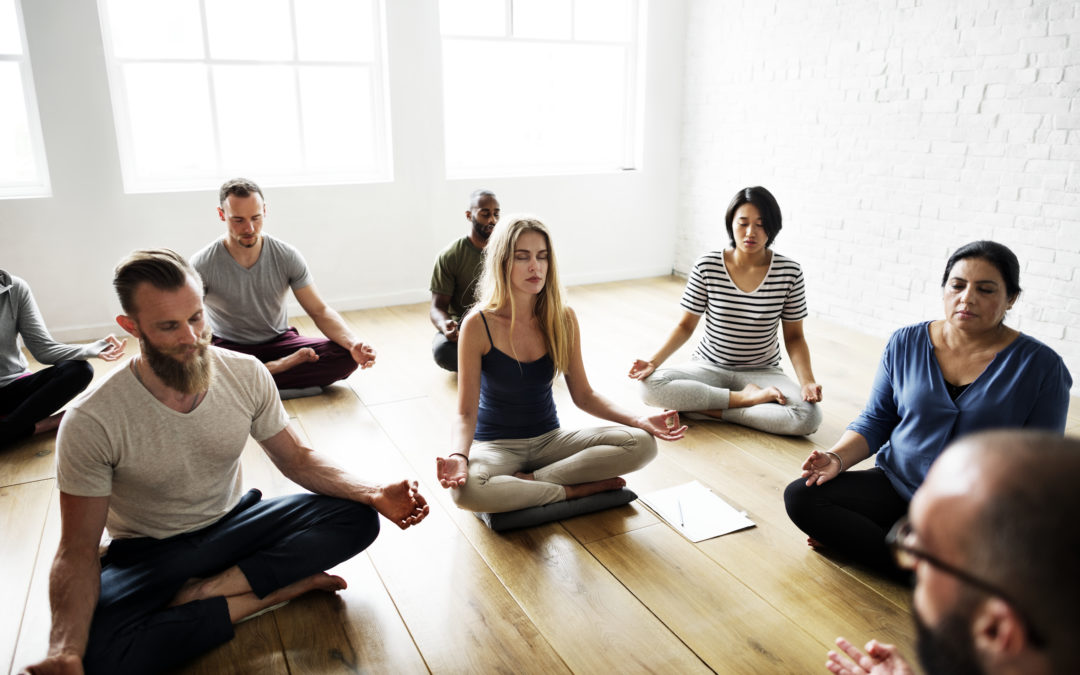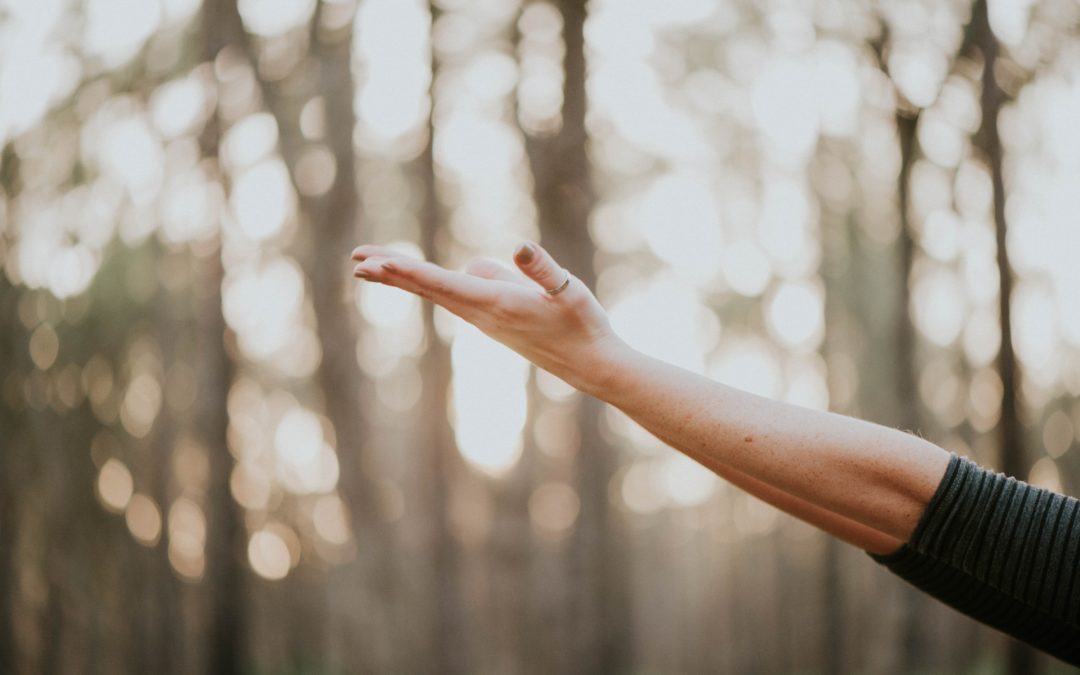
by nobody | Oct 27, 2017 | Yoga Therapy
A ROOT Awakening
Yoga Therapy: Alignment and Spinal Health
I recently had to get an “alignment” on my car. Ugh, the dreaded vehicle alignment that costs about $200 more than you want and you aren’t quite sure why you need to get one. But the more I think about it, vehicle alignments are as essential to our car health as our physical alignments are to our overall wellness. For example, think of the frame of your car as the skeletal system of your body.
If the frame of your car is out of alignment (suspension) the car’s ability to take a shock is compromised. This makes for a very rough, bumpy and rather unsafe ride. Same thing goes for your spine. The health of your spine is key to the health of our entire body. Not only is the spine critical for supporting the structure of our bodies and managing the force of gravity, but it is also what protects our spinal cord, which houses the majority of our vastly complex nervous system. The nervous system is where our fight or flight and relaxation response live. It also controls and coordinates every function in our entire body.

If you have ever stepped into a yoga class, then you’ve also heard the term “alignment” more than once. Generally, the word alignment is used to refer to posture. In yoga “posture” is not limited to the typical everyday upright position (old-school stack of books on head), but rather it’s used to describe any position that the body is in. When we talk “alignment”, we are inviting you, the student, to become aware of the arrangement and balance of your bones and muscles, from head to toe and its effect on your spine.
Way too often, I witness students compromising the integrity of their spine to tackle a stronger or more “advanced” variation of a particular pose. A simple example is in down-dog pose. At some point, the message about having your heels touch the floor in down-dog pose became an important piece to “mastering” this posture. Well, as a result, a number of students were compromising the integrity of their spine, rounding their shoulders and creating excess tension in the upper back and neck. EEK!
Today, I am hoping to spread a different message about alignment, one that centers around maintaining spinal health and as a result, an improvement in overall wellbeing.
SPINE 101
Our spine is made up of 33 bones (24 moving bones), also known as vertebrae. The vertebrae are numbered and divided into regions; cervical, thoracic, lumbar, sacrum, and coccyx. Each vertebra protects a part of the spinal cord and each region has specific features that help them perform their main functions. Between each vertebra are a pair of nerves that branch off from the spinal cord. These nerves connect to major parts of the body (like the arms and legs) as well as major parts of our internal control system. This control system regulates function of our vital organs, blood vessels, and glands.
When a vertebra becomes misaligned in relationship to the other vertebrae or loses its mobility, it can place additional stress on our muscles, joints, ligaments, discs, and interfere with the function of our nervous system. Malalignment can not only cause sensations of pain and numbness, but also can lead to various systemic problems like, headaches, fatigue, allergies, asthma, and digestive issues (just to name a few)!
Research has proven that yoga therapy is effective for chronic back pain. Why? Because, yoga postures and breathing techniques allow you to develop strength, improve mobility, and help release tension that impacts the spine.

So, the next time you find yourself twisted in triangle or inverted in down-dog, and moving away from alignment, think about using these 3 tools to help you guide your practice to meet your needs.
#1: Attention to Breath: Much of the time, I notice students disregarding the quality of their breath as they attempt to contort their body into whatever shape is being asked of them. However, please note, the breath is our guide. I repeat, the breath is our guide! In fact, the body is meant to be stable and firm to support the regulation of breath and prana (life force). If your breath is short, shallow, and compressed most likely your spine is to. This means, our nervous system is launching right back into its fight or flight mode. Breath quality is a great signal as to where we are in our practice. When we are straining to get into a certain pose, we are compromising our ability to create space and vital energy in the body, and rather adding more tension and stagnation.

#2 Visualization: Visualizing your body in space is a great way to strengthen your proprioceptive sense. Proprioception (aka: your 6th sense) is the body’s ability to sense itself in movement and spatial orientation. Our spine has natural curves. These natural curves are necessary for our body to reduce the force of gravity. However, most of us spend much of our days hunched over at our computers, on the couch, and in our cars. Overtime this becomes the posture we live in and as a result we begin to alter these natural curves. (ie: excessive rounding in the upper back, forward head, and/ or excessive arching in the lower back, etc.) which inevitably leads to imbalances and pain. With that said, the next time you engage in your practice I encourage you to question; “Where and what is my spine is doing?” See if you can connect with your posture and what sensations are coming up. Can you feel yourself rounding or compressing your spine? Throughout my years practicing, I have found it helpful to recall sensations I am more familiar with. Since we do spend most of our time in a hunched position, I often sense my shoulders rounding forward and my chest caving inward. In these moments, I welcome in the qualities of a back bend like cobra pose. This is similar to reacting to your grandmother or mother demanding you to “put your shoulders back!”. Calling upon our back muscles to engage as they do in a backbend, will help move your head back over your shoulders and ultimately reduce the excessive rounding and improve posture.

#3 Mad Props: One of the reasons why this practice is so special, is because it is happy to meet you where you are, that is, if you let it. Props are a yogi’s best friend. They want to be used and most likely your body wants you to use them. It’s tempting to look over at your neighbor and watch them touch their toes, and then desire to do that exact same thing. News flash: all of our bodies are different. Did you ever consider that your yogi neighbor might have a longer torso or longer arms (like me!) making touching their toes a breeze? This is why I strongly encourage you to pick up a block (or two) and a strap before class and ultimately do what feels good. If you can maintain the pose, have full control of your breath, and can sense your spine lengthening in an effort to reestablish its natural curves from your tailbone up, you’re in the right place.


by nobody | Oct 13, 2017 | Yoga Therapy
“Surround yourself with people who add value to your life, who challenge you to be greater than you were yesterday, who sprinkle magic into your existence, just like you do to theirs. Life isn’t to be done alone. Find your tribe – and journey freely and loyally together.” – Alex Elle
Friendships are at the center of most of our lives. Just as there are numerous songs, movies and TV shows that revolve around romantic love and relationships, there are just as many that involve the other type of powerful love – the one that stems from our friendships. Some of the most iconic sounds and sights in pop-culture are about friendships, community and this idea of a “tribe.” The Beatles got it right when they wrote “With a Little Help from My Friends.”

Studies have shown that adults with close, long-term friendships have a better quality of life than those without them. Friendships have been found to enhance mood along with emotional and physical wellbeing. When we encounter life challenges, our friends are the ones we reach out to for comfort and support. These strong friendly ties are key to our continued growth and overall health.
This year alone, several of members of my personal tribe have faced major crises and several have encountered new beginnings. From the devastation of divorce and illness to the trials and tribulations of having a child, my tribe is going through it all. It’s important to me that I am there to support whatever their experience in the same way that they would mine. However, sometimes we find ourselves “getting lost” or feeling as though we can’t relate, which can make us wonder, “what is it that I have to offer?”
When I work with my clients, there are many times where I may have not experienced the exact event that they are going through, but more often than not I have experienced a similar emotion or sensation. Whether it be feeling helpless, hopeless, scared, anxious, excited, or alone, I am able to connect to that feeling, which allows me to guide them towards healing.
Whether you’ve been through it or not, it is critical to note that you are enough. With that said, here are the 3 things I do to support those around me both personally and professionally.
Hold Space
Holding space is a concept I heard a lot about throughout my yoga therapy education, but never understood it until I felt it. So, let’s break it down. When we hold something, we are supporting and preserving it. We maintain that thing’s original form, without changing or damaging its shape or allowing it to fall. The word “space” implies an expanse, a capacity and a sense of freedom. A space is a place where things can happen and a place where something can grow or unfold. Together, “holding space” is to create and maintain a place where things can exist, expand and grow in whatever way they are meant.
When you hold space for your loved ones, you are allowing them the chance to feel safe and supported in being exactly what they are, where they are and allowing whatever comes, to simply be experienced without judgement. When we hold space, it is important to note that we are not there to change, fix, or impose our own bias on the experience. Instead, we are preserving the experience, its existence in the present moment.

Pay Attention
Just like in meditation, it’s critical that while we are holding space, we take the time to pay attention and observe whatever it is that is showing up. When our friends call with a problem, a predicament or to simply share an experience, it is natural for us to want to give our advice, opinion, or share what we did in a similar situation. Remember, not everyone is searching for guidance. Sometimes, the search is to simply be heard.
Things to lookout for:
- What is my friend saying or (maybe even more so) what are they NOT saying?
- How are they saying it?
- What is their body language saying?
In order to properly support anyone, we must be tapped into their experience. This means not only hearing what that person is saying, but rather working to truly understand their message.

Gentle Guidance
Offering the right kind of help takes practice. Remember, not everyone is looking for advice. When we take away decision-making power, we can leave our loved ones feeling useless and incompetent. However, with careful attention, we are able to recognize the areas in which they feel most vulnerable and from there can invite in the right kind of help, the kind that leaves out judgement and shame. When people are learning, growing, or moving through a transition, it is only natural to make some mistakes along the way. Gently guiding people to trust their inner wisdom and intuition can build confidence and increase self-awareness. Additionally, offering words of reassurance can help remind your loved ones that the idea of “failure” is simply a part of the journey and not the end.

by nobody | Oct 5, 2017 | Yoga Therapy
Between the horrific natural disasters that have taken place in Texas, Florida, Mexico, Puerto Rico and beyond coupled with the unfathomable and unforgettable acts of hatred spreading across the country from Charlottesville to Las Vegas, it seems more challenging than ever to hold onto ourselves and to hope. In my work with clients, students, teachers and other professionals, I have noticed an increase in anxiety about the stateof the present and a growing fear of the future.

As we all watch the tragic events unfold on the news, I’ve noticed two distinct reactions:
1) Some feel overwhelmed while
2) others feel numb.
I tend to veer towards feeling #1 and get anxious and overwhelmed. What the heck is going on? Do I have loved ones hurt? What if something like this happens here? There is so much pain, how can I ever do enough to help?

Whether you tend to be more on the overwhelmed side, numb side, or maybe a combination both, it’s apparent that we are all struggling to find ways to cope with anger, grief, and uncertainty. How we choose to handle these challenges and stressors are important, not only for our own well-being, but how it impacts those around us and also our children, grandchildren, and even great grandchildren (Family Ties: Healing What We Inherit). Now more than ever, it is critical that we have a practice that offers us ways to cope with the chaos, hold on to our truth, and share love and compassion with others.
Building healthy coping mechanisms is at the core of traditional psycho-therapy, and is also a key component of yoga therapy. Coping mechanisms aren’t about running away from what’s happening or masking your feelings with a vice. It’s about getting to the root, paying attention and processing your emotions to find peace.
Here are a few things I’ve been practicing with my clients and incorporating into my individual practice. What techniques have you found effective?
Breathe into Anger: Anger and frustration seems to be an unavoidable emotion surrounding the recent tragedies. It’s common for many of us to regard anger as negative or damaging. However, what is damaging about anger is the way in which we deal with it.
Most commonly we challenge anger by reacting to it unproductively while in our fight/flight stress response or by stuffing it down, trapping it inside ourselves, and leaving it to fester into disease. Those who react to anger with the untamed fire of the fight/flight, are more prone to high blood pressure, cholesterol problems, weight gain, and heart conditions. Yoga’s therapeutic practices have proven to act as an anger “de-fuser” by giving us space to positively observe anger and offer tools to “ride the wave”.

Breathing (otherwise known as pranayama) is a powerful tool to help release stagnant energy and bottled up emotions. Breathing stimulates our relaxation response offering a “cooling” energy to positively combat the heat anger brings. Breathing is also a great way to encourage us to slow down, observe and assess a situation.
In my work with my clients, this is the first place I start. Without gaining control of our emotions or understanding how and where they are manifesting in the body, no progress can be made. Energy blocks and stuck emotions cannot be released in a body of tension. Breathing invites in a suppleness to the body and helps steady the mind.
Practice Non-Violence (Ahimsa): When we hear the words “non-violence”, we generally think of an act of kindness we can do for someone else or a peaceful protest. But violence and non-violence is also about how we treat ourselves. Most of our thoughts are negative and repetitive and contain responses like disappointment, resentment, or guilt. In this way, we are subtly creating violence. Resenting others, creates a negative environment. If you can’t forgive someone for something they’ve done to you, or if you can’t forgive yourself for something you’ve done, this is an act of violence because it pushes love away. Acting out of our fear is also a form of violence to ourselves as it can inhibit us from sharing our voice and living our truth.

Practicing non-violence within ourselves allows us to practice non-violence in our daily interactions with others. Mindfulness and positive intention setting are two non-violent tools we can use to get in touch with any violence we hold inside. When we create the space to observe thoughts, we shift negative thoughts to loving thoughts. When we think lovingly, our body responds by releasing dopamine (the “feel good” hormone). This rush of dopamine brings inner and outer strength and stimulates your immune system which is why optimists tend to have stronger immune systems and recover faster from illnesses and injuries.
As we practice acts of non- violence on ourselves, we also develop more compassion for ourselves, which gives us the ability to recognize and empathize when and how others experience and express pain.
Meditation of Loving- Kindness: A meditation of loving-kindness also known as a metta -meditation is a specific type of meditation meant to bring in warm-hearted feelings of camaraderie, sympathy and love, which helps to overcome social, religious, racial, political and economic barriers. Metta is a universal, unselfish and all-embracing love. In a world threatened by all kinds of destructiveness, this mediation is a constructive means to peace and mutual understanding.

Remember those two tendencies – overwhelmed and numb? Well, becoming emotionally overwhelmed or numb can lead us to respond with aggression or withdrawal. The more we meditate, the more we become sensitive to our own imperfections, violence, and discriminations. From there, we have an opportunity to break down barriers in our minds and our hearts and offer the exact thing that seems to be missing from today’s society; inclusive, unconditional love and acceptance.
Let’s practice:
Start by breathing gently in and out through the nose. Notice any areas of mental blockage or numbness, self-judgment or self-hatred. Then invite yourself to go a bit deeper and try to connect with any sensations of self-care and self-love.
Say aloud or in your mind (Repeat 3 times):
May I live with ease.
May I be safe and protected.
May I be happy.
May I be free from pain.
May I be able to live in this world happily and peacefully.
Next bring to mind a neutral person, someone for whom you feel neither strong like nor dislike.
Say aloud or in your mind (Repeat 3 times):
May you live with ease.
May you be safe and protected.
May you be happy.
May you be free from pain.
May you be able to live in this world happily and peacefully.
Now move to someone you have difficulty with (hostile feelings, resentments) and invite yourself to connect with feelings of loving care for their wellbeing to the best of your ability. Again, repeat the above statements.
Lastly, while staying connected with the warmth and sympathy cultivated throughout this meditation, begin to visualize care and tenderness for all living beings.
Say aloud or in your mind (Repeat 3 times):
May all beings live with ease.
May all beings be safe and protected.
May all beings be happy.
May all beings be free from pain.
May all beings be able to live in this world happily and peacefully.
If you or someone you know is interested in a more personalized program to help guide and support you during this time, please feel free to reach out. We are here in love.




















Recent Comments